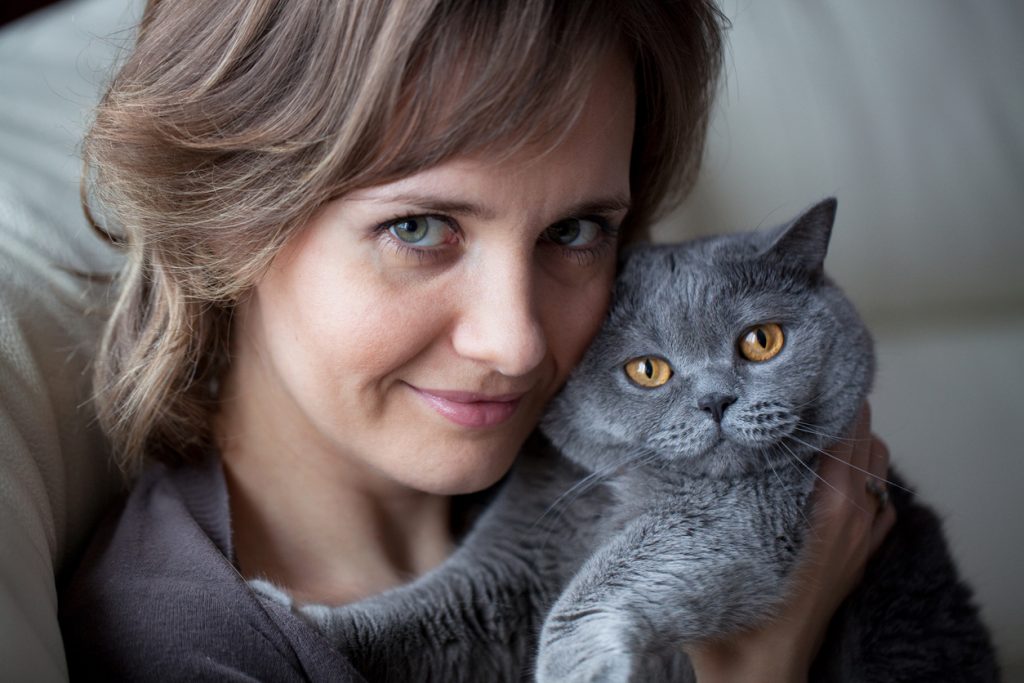Types Of Cat Eye Discharge And What They Mean

Types Of Cat Eye Discharge And What They Mean. Healthy cat’s eyes are bright and clear. The pupils should be about the same size, with the surrounding area a pure white. Also, the eyelid should be a healthy shade of pink.
When your cat starts rubbing their eyes with paws, or against the furniture, it’s an indication that something is wrong. Accompanied by cat’s eyes watering this could be a simple cold. Or something more serious. Look at the types of cat eye discharge and what they mean here…
Common Symptoms of Cat Eye Discharge
Cat eye-watering may occur on its own. Or may happen at the same time as other symptoms. The discharge can vary in frequency and consistency, and may appear as:
- Excessive wetness around the tear area
- Red and swollen eyes that are extremely sore looking
- Thin and watery or thick and mucus-like substance around the eyes
- Eye edges having crusty formations pointing to dried discharge
Safely Removing Cat Eye Discharge
Before visiting the vet, you can keep your cat comfortable by dipping a cotton wool ball in water and wiping away the discharge from the inner corner of the eye outward. Use a clean ball for each eye.
When Vet Help is Needed
A cat weeping eye could be due to blocked tear ducts – when cat eye discharge will be brown – allergies, or something more sinister. You’ll need to take your cat to see your vet if:
- The eye discharge carries on for more than a few days
- The eye discharge gets progressively worse
- The colour and consistency changes – from clear to a colour – and liquid to mucus
- The eyes are swollen and can’t be opened
- Sneezing, decreased appetite, and lethargy, for example, are present as well as the eye discharge
Common Reasons for Cat Eye Discharge
Runny eyes in cats can lead to eye problems that can cause blindness. Or require surgery. See some reasons for cat eye discharge here:
Allergies
A cat runny eye could be the result of an allergy. Cats can be allergic to the same things as people including:
- Dust
- Mould and mildew
- Pollen
- Flea treatments
- Perfumes
- Cleaning products
Your vet will be able to determine whether your cat is suffering from an allergic reaction by checking your cat’s temperature, and with a standard blood test. Then the appropriate medication will be prescribed.
Feline upper respiratory infections
These infections can include pneumonitis, feline calicivirus, bacteria, and herpesvirus. Symptoms can include a sticky pus-like eye discharge. And your cat eye discharge may look black. More importantly, these infections are highly contagious amongst cats so the virus needs to be kept under control.
Specific treatments are determined by the cause of the infection and can include eye medications, decongestants, fluids, and antibiotics.
Conjunctivitis
A cat watery eye may be due to conjunctivitis. And the first sign is a pink eye. This is caused by inflammation of the pink lining around the eye. And your cat’s eyes will start to swell and look red. Discharge may be clear and teary, or thick and mucus-like. And your cat will display sensitivity to the light.
Prescription drops or eye ointment may be prescribed to fight off infection. And eye flushes may be carried out to clear the eye of any foreign material.
Dry Eye
This chronic lack of tear production can result in a yellow, cloying eye discharge. And can lead to inflamed corneas and red eyes. If left untreated it can lead to blindness.
Treatment can include eye drops or ointments and artificial tears.
Uveitis
The inflammation of the internal structures of the eye can cause a serious and painful problem known as uveitis. And can lead to blindness if left untreated. Trauma, corneal ulceration, and tumours can all cause this. Corneal disorders result in excessive blinking, inflammation, and increased tear production.
Treatment again depends on the underlying cause and could be anti-viral, antibiotics, antifungal, or anti-parasitic medication.
Tumour of the eye
There is a large range of symptoms that indicate an eye tumour, and irregular cat eye discharge is one of them. Therefore, tumours may be benign or malignant.
Removal of the entire eye may be necessary to prevent the spread of cancer to other parts of the body. So, your cat will require laser treatment or surgery. Complete elimination will have positive long-term results. If the cancer has spread you may have to consider putting your cat to sleep.
End of Life Care
Sadly, cat euthanasia at home may be your final option. You’ll get all the advice and support you need from a caring and experienced vet. Your cat will remain completely pain-free throughout the procedure. A sedative followed by an anaesthetic injection will let your cat pass away peacefully. And in the calm and comfort of your own home, you’ll be able to say your final goodbye.
Tags: cat ageing, Pet Care, quality of lifeCloud 9
To ensure accuracy, a professional vet has reviewed and verified the information presented in this article. It is important to note that when it comes to making decisions about euthanasia for your pet, there are no easy answers. It is always recommended to seek advice from your own veterinarian before making any decision.



